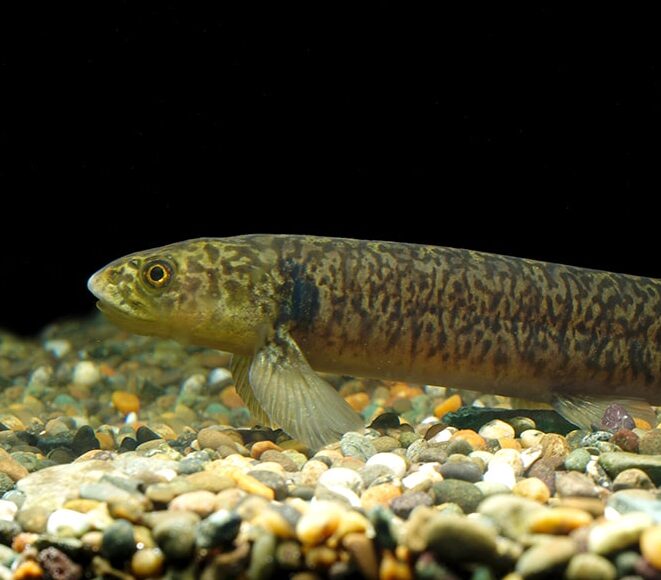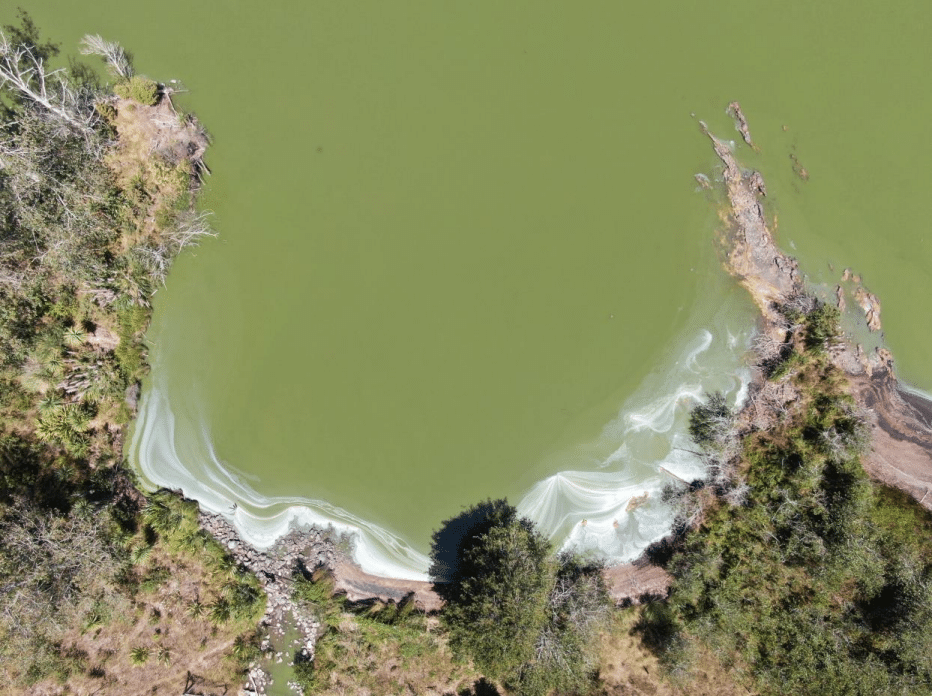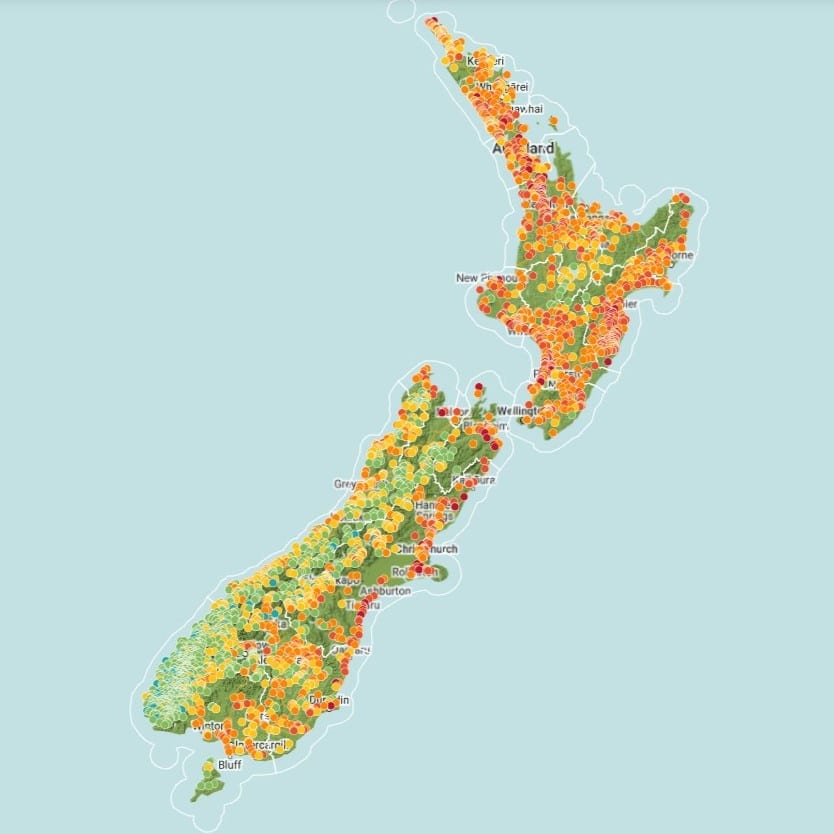Thomson-Laing G, Howarth JD, Atalah J, Vandergoes MJ, Li X, Pearman JK, Fitzsimons S, Moy C, Moody A, Shepherd C, McKay N, Wood SA. 2024. Sedimentary ancient DNA reveals the impact of anthropogenic land use disturbance and ecological shifts on fish community structure in small lowland lake. Science of The Total Environment. 28:171266
Abstract

Freshwater fish biodiversity and abundance are decreasing globally. The drivers of decline are primarily anthropogenic; however, the causative links between disturbances and fish community change are complex and challenging to investigate. We used a suite of sedimentary DNA methods (droplet digital PCR and metabarcoding) and traditional paleolimnological approaches, including pollen and trace metal analysis, ITRAX X-ray fluorescence and hyperspectral core scanning to explore changes in fish abundance and drivers over 1390 years in a small lake. This period captured a disturbance trajectory from pre-human settlement through subsistence living to intensive agriculture. Generalized additive mixed models explored the relationships between catchment inputs, internal drivers, and fish community structure. Fish community composition distinctly shifted around 1350 CE, with the decline of a sensitive Galaxias species concomitant with early land use changes. Total fish abundance significantly declined around 1950 CE related to increases in ruminant bacterial DNA (a proxy for ruminant abundance) and cadmium flux (a proxy for phosphate fertilizers), implicating land use intensification as a key driver. Concurrent shifts in phytoplankton and zooplankton suggested that fish communities were likely impacted by food web dynamics. This study highlights the potential of sedDNA to elucidate the long-term disturbance impacts on biological communities in lakes.




